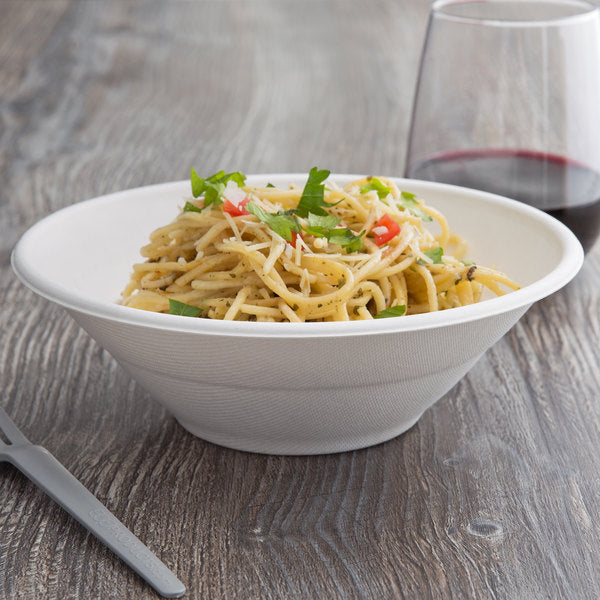Bitters are a versatile ingredient that can add depth, complexity, and balance to your cocktails. By incorporating bitters into your menu, you can create unique and memorable drinks that will set your bar apart from the competition. This guide will provide you with valuable information on different types of bitters, their uses, and how to effectively incorporate them into your cocktail offerings.
- Culinary and Cocktail Uses of Blue Curacao
- Top 12 Most Famous Cocktails in The World
- What is Club Soda? What is the Difference Between Club Soda, Seltzer, and Tonic?
- Cocktail Glass Differences: Shape, Size, and Material
What Are Bitters?
Bitters are concentrated alcoholic beverages known for their strong, complex flavors. They are crafted from a blend of herbs, spices, roots, and fruits. Originally used for medicinal purposes, bitters have evolved into essential cocktail ingredients, adding depth and enhancing flavors.
How Are Bitters Made?
The process of making bitters involves:
-
Macerating or steeping botanical ingredients in a neutral spirit.
-
Extracting flavors and aromas from herbs, roots, and spices.
-
Balancing the bitterness with sweeteners like sugar or honey.
-
Filtering or aging to refine the flavor profile.
Bitterness Scale and Measurement
Bitterness is often measured using the International Bitterness Units (IBUs) scale, primarily used for beer but applicable to bitters. However, the perception of bitterness can vary based on individual taste and the cocktail's other ingredients.

The Evolution of Bitters
Historically, bitters were used as medicinal tonics to aid digestion and boost health. Apothecaries crafted herbal infusions for various ailments, which eventually found their way into cocktails. Today, mixologists experiment with artisanal bitters like chocolate, coffee, and lavender, allowing for even greater creativity in cocktail crafting.
Common Bitters and Their Uses
Bitters come in a wide variety of flavors, each with unique characteristics. Below are some of the most common bitters and their applications in cocktails.
Angostura Bitters: The Most Versatile Bitter
-
Flavor Profile: Herbal, spicy, with hints of citrus and clove.
-
Uses: Essential for classic cocktails like the Old Fashioned and Manhattan.
-
Fun Fact: Invented in the 19th century, it was originally a medicinal tonic for stomach ailments.
Peychaud's Bitters: A Classic New Orleans Bitter
-
Flavor Profile: Anise-forward with floral and spice notes.
-
Uses: A key ingredient in the Sazerac and Vieux Carré.
-
History: Created by Antoine Peychaud, a Creole pharmacist in the early 1800s.
Campari: A Bitter-Sweet Italian Aperitif
-
Flavor Profile: Bright red hue with orange zest, herbal complexity, and a lingering bitter finish.
-
Uses: A staple in sophisticated aperitifs like the Negroni and Americano.
-
Did You Know? Campari's signature red color originally came from crushed cochineal insects!
Fernet-Branca: A Strong, Herbal Bitter
-
Flavor Profile: A bold punch of menthol, licorice, and warm spice.
-
Uses: Enjoyed as a digestif or mixed in cocktails like the Toronto and Hanky Panky.
-
Fun Fact: Often called the "bartender’s handshake," Fernet is popular in the industry.
Orange Bitters: A Citrus-Based Classic
-
Flavor Profile: Zesty and aromatic, with bitter orange peel and spice.
-
Uses: Enhances gin-based drinks like the Martini and Old Fashioned.
-
Modern Twist: Many craft distillers now create unique variations like blood orange bitters.
Aromatic Bitters: A Blend of Herbs and Spices
-
Flavor Profile: Rich with notes of gentian root, wormwood, and rhubarb.
-
Uses: Adds depth to cocktails like the Old Fashioned and Manhattan.
-
Did You Know? The original recipe for Coca-Cola contained bittering agents similar to cocktail bitters!

Adding Bitters to Classic Cocktails
Bitters can elevate a cocktail by adding depth, complexity, and balance. Here’s how they enhance some of the most iconic drinks:
-
Old Fashioned: A few dashes of Angostura bitters bring harmony to bourbon, sugar, and orange peel.
-
Manhattan: Peychaud’s bitters enhance the sweet vermouth, adding a layered anise-spiced note.
-
Negroni: Angostura bitters add a touch of complexity to the classic gin, Campari, and vermouth mix.
-
Sazerac: A combination of Peychaud’s and Angostura bitters pairs beautifully with rye whiskey and absinthe.
Crafting Custom Bitter Blends
Encourage your bartenders to experiment with different bitters to create unique flavor profiles:
-
Blend citrusy, spicy, or herbal bitters to suit your cocktail menu.
-
Complement cocktail ingredients by balancing sweetness with bitterness.
-
Educate staff on the nuances of bitters to inspire creativity in drink-making.
Exploring the World of Bitters
-
Variety: Offer a selection of bitters to cater to different tastes.
-
Pairing: Match bitters with other cocktail ingredients for a well-rounded flavor.
-
Trends: Stay updated on new craft bitters, such as chocolate, coffee, or lavender bitters.
Conclusion
Bitters are an indispensable tool in the cocktail industry, adding layers of complexity and enhancing flavor balance. By experimenting with different bitters, understanding their impact, and incorporating them strategically, you can craft unforgettable cocktails that set your bar apart. Dive into the world of bitters, refine your techniques, and master the art of mixology!







